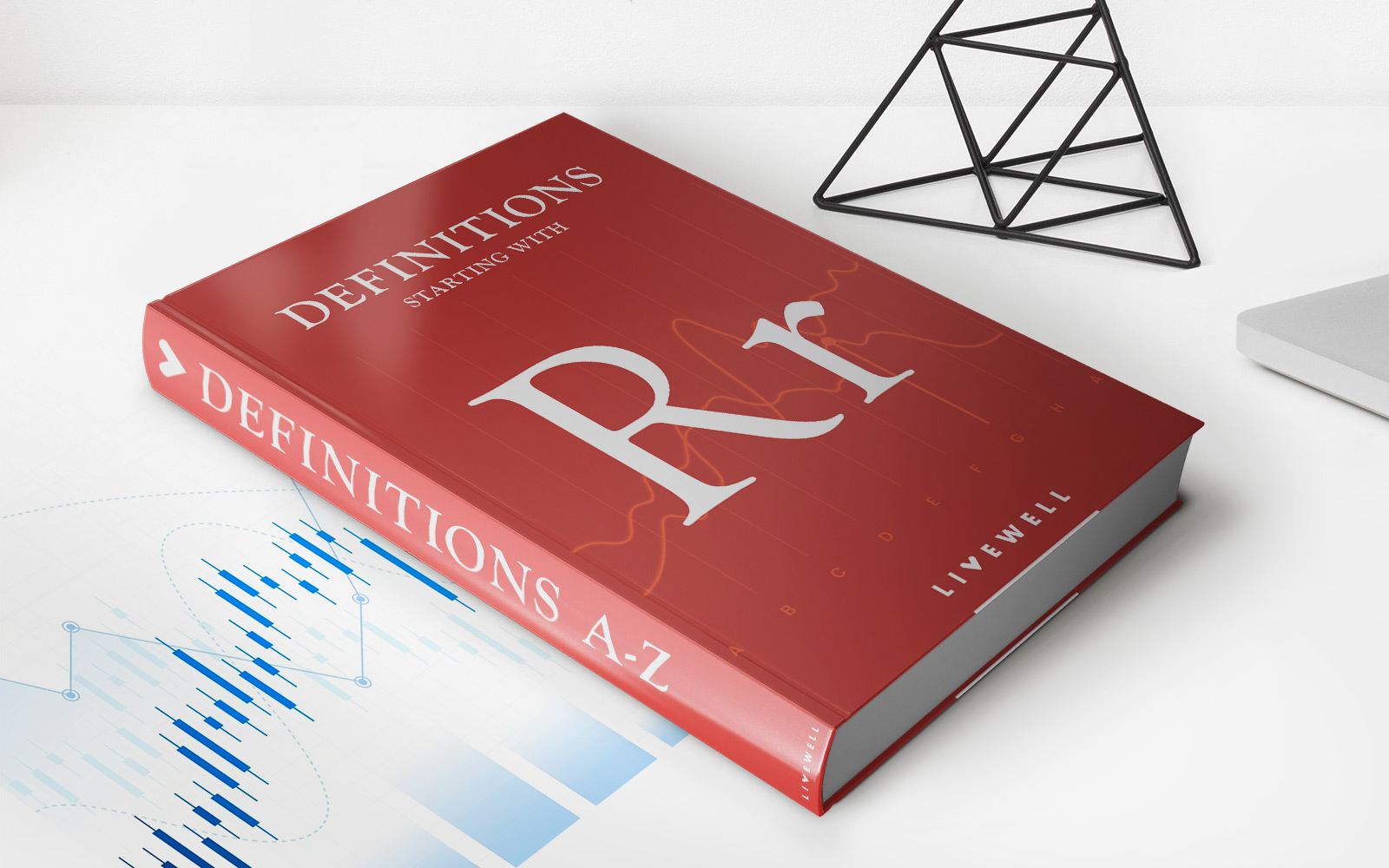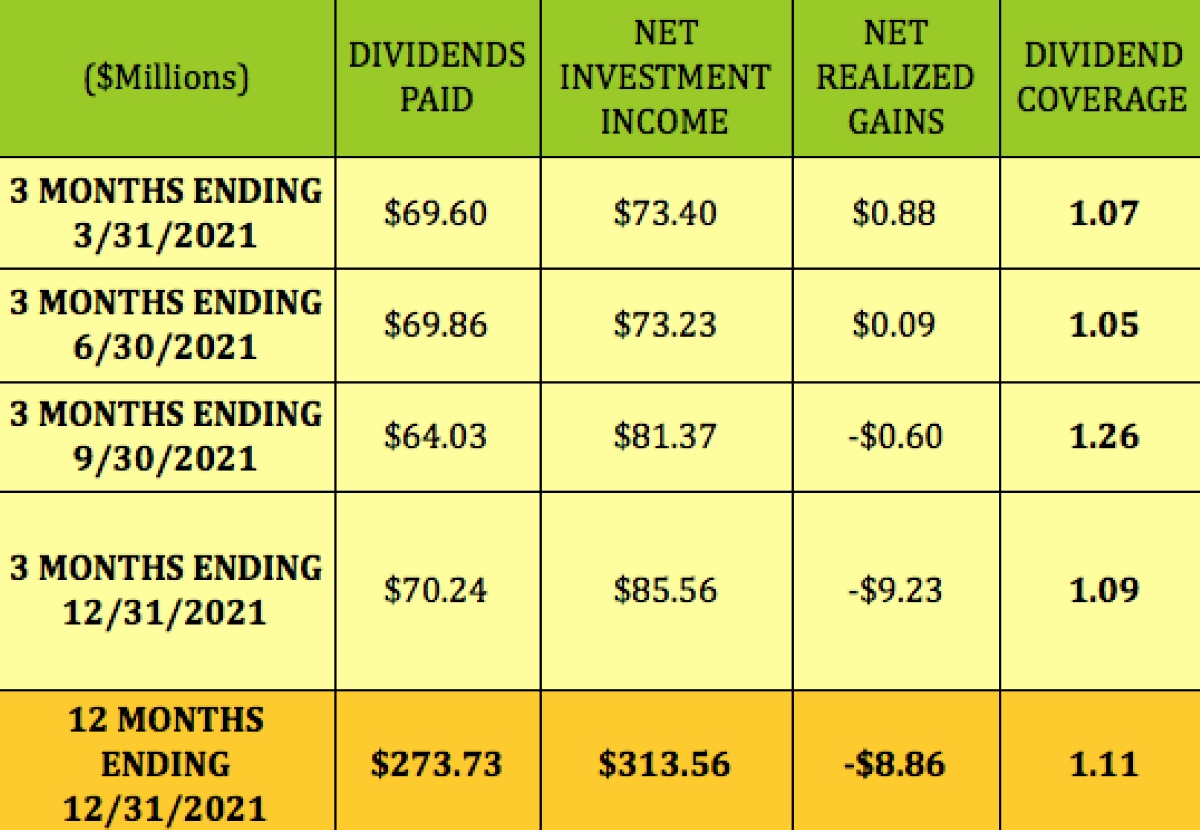Home>Finance>Win/Loss Ratio: Definition, Formula, And Examples In Trading


Finance
Win/Loss Ratio: Definition, Formula, And Examples In Trading
Published: February 18, 2024
Learn how to calculate win/loss ratio in trading with clear examples and formulas in this comprehensive guide on finance. Improve your trading skills now!
(Many of the links in this article redirect to a specific reviewed product. Your purchase of these products through affiliate links helps to generate commission for LiveWell, at no extra cost. Learn more)
Win/Loss Ratio: Definition, Formula, and Examples in Trading
In the world of finance, trading is not just about buying and selling assets. It involves careful analysis, risk assessment, and strategy implementation. One key aspect of trading success is understanding the win/loss ratio. But what is it exactly, and how does it impact your financial growth? In this blog post, we will define the win/loss ratio, discuss the formula for calculating it, and provide some examples to help you apply this concept in your own trading endeavors.
Key Takeaways:
- The win/loss ratio measures the relationship between the number of winning trades and the number of losing trades.
- A higher win/loss ratio indicates a more successful trading strategy in generating profits.
Understanding Win/Loss Ratio
When it comes to trading, the win/loss ratio is a valuable metric as it provides insights into the effectiveness of your trading strategy. It is defined as the relationship between the number of winning trades and the number of losing trades. Essentially, it tells you how many times your trades have resulted in a profit versus a loss.
To calculate the win/loss ratio, you need to gather data on your winning and losing trades. The formula is simple:
Win/Loss Ratio = Number of Winning Trades / Number of Losing Trades
For example, if you have had 30 winning trades and 20 losing trades, your win/loss ratio would be 30/20, which simplifies to 1.5. This means that for every one losing trade, you have 1.5 winning trades.
Now, it’s important to note that a higher win/loss ratio does not guarantee profitability. It merely indicates a more successful trading strategy in generating profits. A win/loss ratio of 1.5 may be considered favorable, but other factors such as risk-reward ratios and overall portfolio management also come into play.
Examples of Win/Loss Ratio
Let’s look at a couple of examples to see how the win/loss ratio can be applied in real-life trading scenarios:
- Example 1: Trader A has 50 winning trades and 50 losing trades. Their win/loss ratio would be 50/50, which simplifies to 1. This means they have an equal number of winning and losing trades, indicating a break-even trading strategy. Despite not making a profit, Trader A’s win/loss ratio can help identify areas of improvement in their trading strategy.
- Example 2: Trader B has 75 winning trades and 25 losing trades. Their win/loss ratio would be 75/25, which simplifies to 3. This indicates that for every losing trade, Trader B has three winning trades. Trader B’s higher win/loss ratio implies a more successful trading strategy in generating profits.
As you can see from these examples, the win/loss ratio can provide valuable insights into the effectiveness of your trading strategy. However, it should not be the sole metric relied upon for evaluating trading success. Other factors, such as risk management and overall portfolio performance, should be considered in conjunction with the win/loss ratio.
Conclusion
The win/loss ratio is an important metric in trading that measures the relationship between winning and losing trades. While a higher win/loss ratio indicates a more successful trading strategy, it is not the only factor to consider when evaluating trading performance. By understanding and calculating your win/loss ratio, you can gain insights into your trading strategy and make informed decisions to enhance your financial growth.














